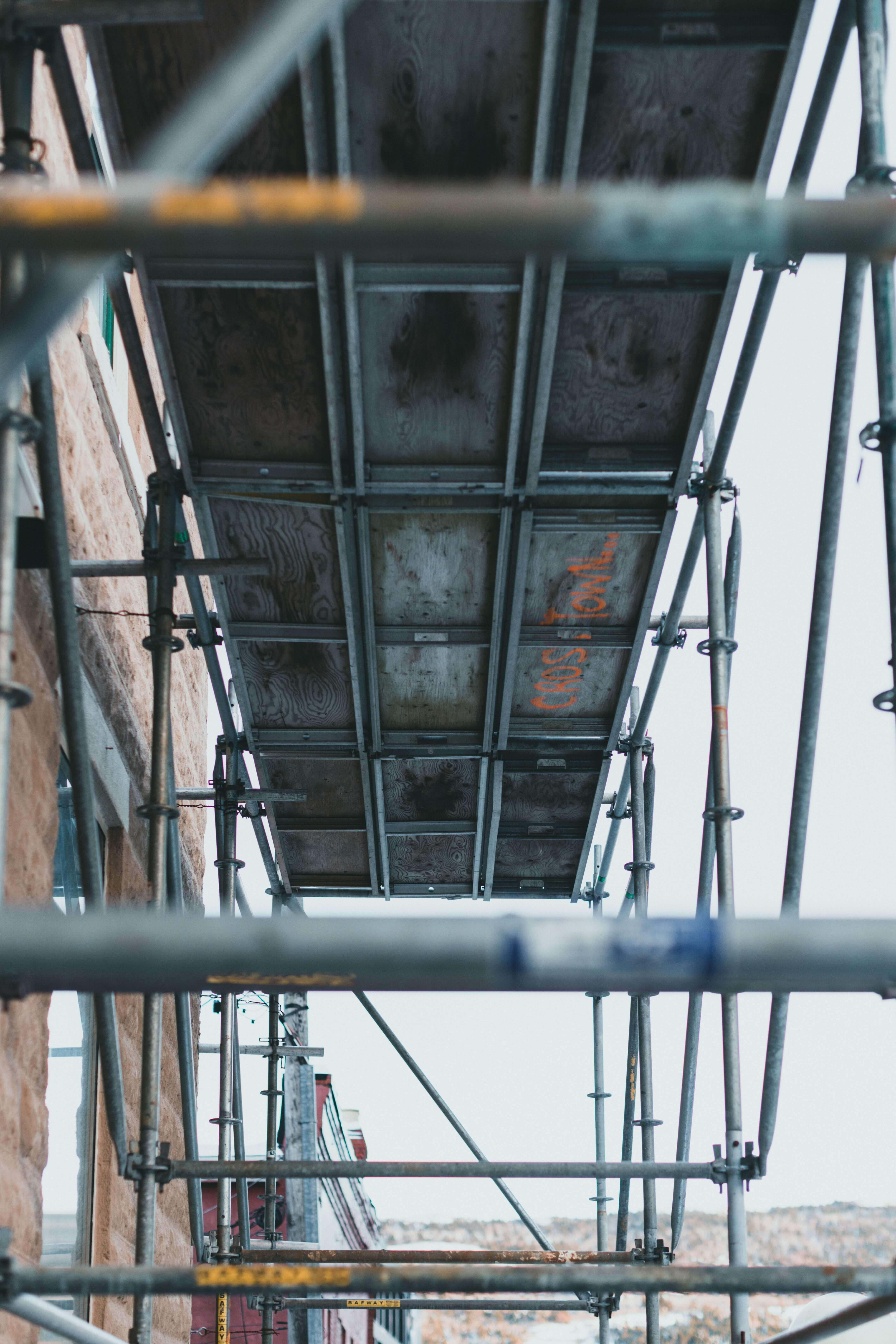The rehabilitation of real estate assets is an increasingly popular alternative in cities such as Barcelona and Madrid. At Renta Corporación we have been dedicated to the acquisition, transformation and subsequent sale of assets for more than 30 years.
We can say that we have the experience and knowledge necessary to position ourselves as one of the best organizations to rely on for any type of real estate project.
Our team of experts analyzes the market on a daily basis to keep abreast of the latest trends in the sector and take advantage of the best opportunities. This way we can obtain a global x-ray of the current situation and act proactively to achieve the best results. This way we can obtain a global notion of the current situation and act proactively to achieve the best results.
Next, we will talk in depth about the boom in asset rehabilitation projects. What are the main reasons for this growth? What new trends and processes are being implemented?
Asset rehabilitation projects to transform cities
Society is constantly evolving and these asset rehabilitation projects are necessary to transform cities and adapt them to the new needs of the population.
There is currently a gap between housing supply and demand that has only one solution: the transformation of existing assets. The growth in demand and the scarcity of available land in cities such as Barcelona and Madrid are just some of the reasons that have driven asset refurbishment projects in Spain.
In addition, we must take into account that the building stock in our country is aging and most of them do not comply with current ecological regulations. Many were built before the 1980s and do not have the necessary insulation to adapt to current “decarbonization” regulations to reduce their environmental impact.
These obsolete buildings are located in areas of great strategic value where land is no longer available for construction. One of the main objectives of rehabilitating these assets is to recover their value in order to put them back on the market.
Another factor that has slowed down the construction of new assets is the increase in the cost of construction materials, labor and financing.
In short, the causes that have influenced this growth in asset rehabilitation projects are diverse. Experts predict that the trend will continue to be positive in the coming years until buildings are adapted to the requirements of the Decarbonization Strategy, which aims to achieve climate neutrality by 2050.
New trends and processes in the pursuit of excellence
This Strategy proposes a series of actions aligned with the Sustainable Development Goals (SDGs) proposed by the United Nations. These actions represent a series of opportunities for the development of strategic sectors such as industry and renewable energies.
The transition towards climate neutrality is a trend that extends to all areas of activity in our country, including the real estate sector. For this reason, innovative construction and renovation processes are being developed to optimize the use of resources and reduce the environmental impact.
Energy rehabilitation actions to renovate the Spanish housing stock are key to this energy transition and it is expected that the building sector will be completely decarbonized by mid-century.

